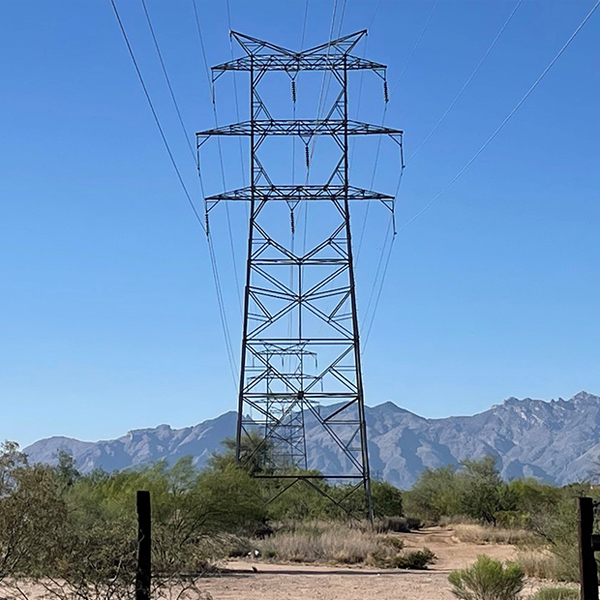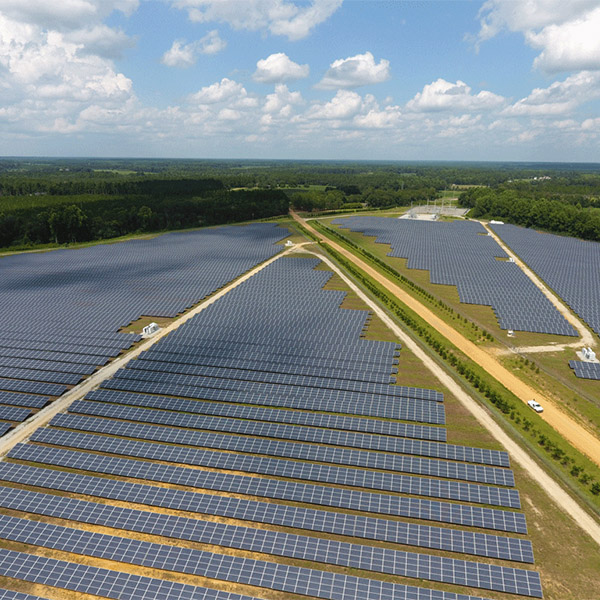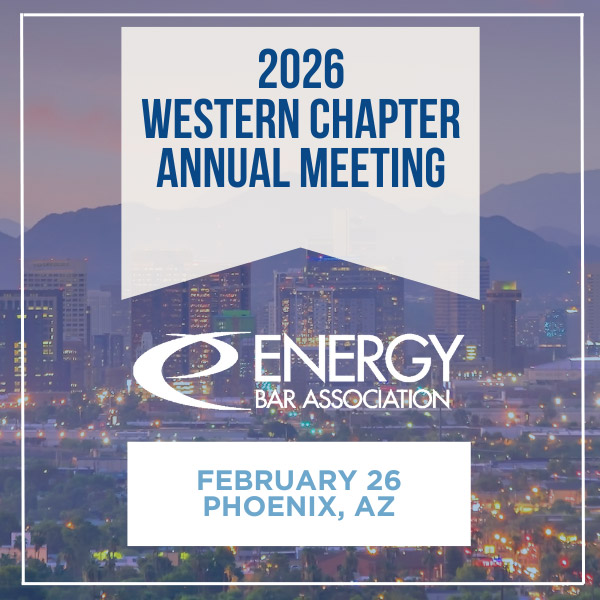generator interconnection queue
FERC partially approved three entities' Order 2023 compliance filings, directing them to address mostly minor — but a few substantive — issues in their submissions.
FERC refused MISO’s first attempt to enact a special pathway in its interconnection queue for generation projects labeled necessary by state regulators.
PJM selected 51 projects to receive expedited interconnection studies through its Reliability Resource Initiative, adding 11,793 MW of nameplate capacity to the next study cycle.
A bill that would allow dispatchable energy projects to jump ahead in the interconnection queue under certain circumstances sparked debate during a House Energy and Commerce Subcommittee.
MISO concluded that Pearl Street’s SUGAR automation software is an effective alternative to the power flow simulations it used to conduct to identify network upgrades for generation projects in the queue.
SPP's Markets and Operations Policy Committee has endorsed the last of 21 recommendations made by a task force that reviewed the RTO's transmission and market operations last decade.
PJM and Alphabet on April 10 announced a partnership to develop a suite of new tools using artificial intelligence to speed the RTO’s generation interconnection process.
MISO’s proposal to use a temporary “fast lane” in its interconnection queue to speed up necessary resource additions would give utility-owned generation preferential treatment, according to protesters’ comments filed with FERC.
New Jersey lawmakers pushed back on the state’s all-electricity, clean-energy strategy at a heated committee hearing, urging an all-the-above approach as PJM faced criticism for failing to foresee a dramatic hike in demand.
ISO-NE plans to reopen its interconnection queue April 1 as it continues to wait for a ruling from FERC on its Order 2023 compliance proposal, the RTO told the NEPOOL Transmission Committee.
Want more? Advanced Search










